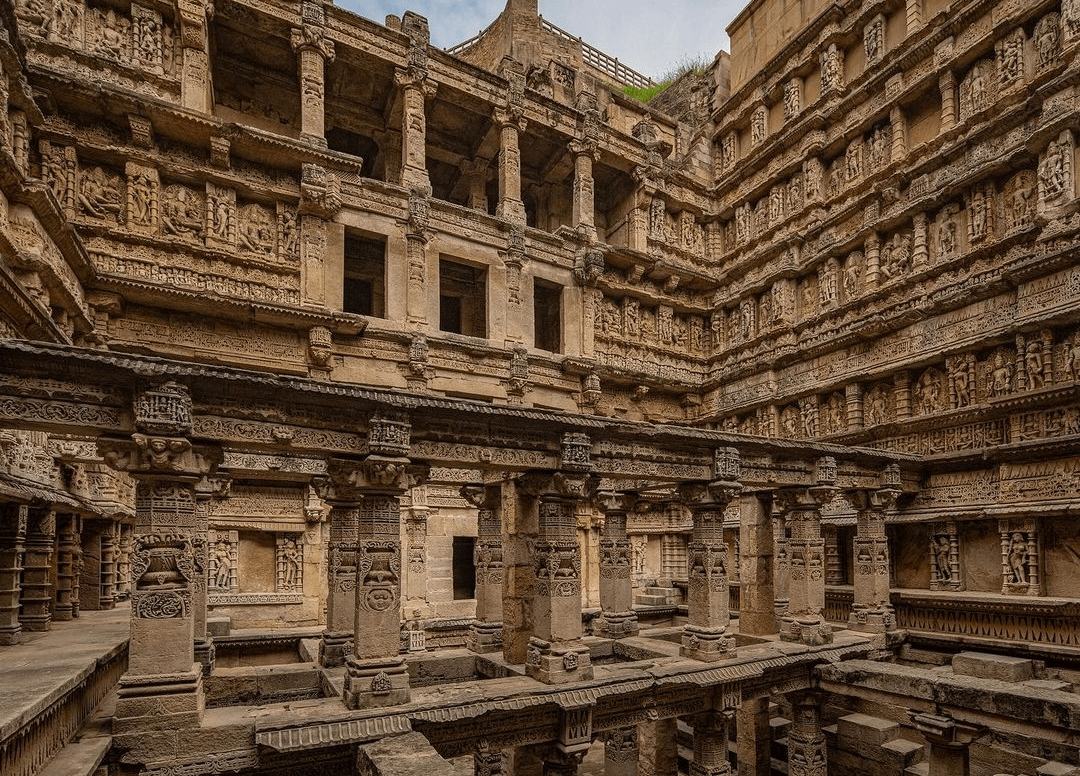[ad_1]

Rani ni Vav, also known as the Queen’s Stepwell, is a UNESCO World Heritage Site located in Gujarat, India. It was built in the 11th century by Queen Udayamati to commemorate her deceased husband, King Bhimdev I of the Solanki dynasty.
The stepwell is intricately designed with ornate carvings, sculptures, and architectural features that showcase the skilled craftsmanship of the artisans of that time. It is considered one of the most elaborate and well-preserved stepwells in India, showcasing the architectural marvel of the era.
Rani ni Vav is a seven-story structure with a depth of over 100 feet, featuring more than 800 elaborate sculptures and intricate designs that depict various Hindu deities, mythological characters, and religious motifs. The stepwell served as a source of water for the community during dry seasons and also functioned as a place for social gatherings and religious ceremonies.
The stepwell fell into disrepair over the centuries and was eventually buried under silt and debris until it was rediscovered in the 1940s. Extensive restoration efforts have been undertaken to preserve and showcase the beauty of Rani ni Vav, making it a popular tourist attraction and a testament to the rich cultural heritage of Gujarat.
Today, visitors can explore the stunning architecture and intricate carvings of Rani ni Vav, marvel at the engineering feat of the stepwell, and gain insight into the historical and cultural significance of this unique site.
